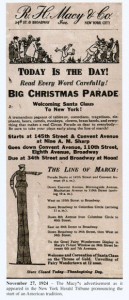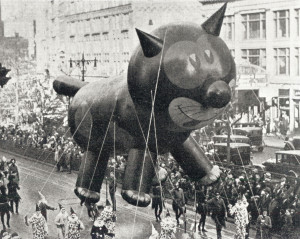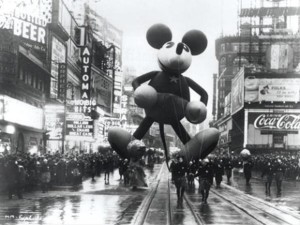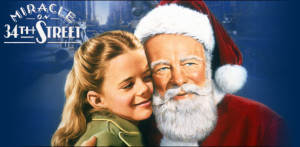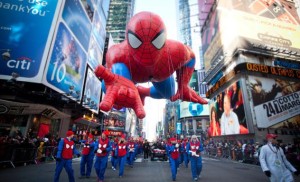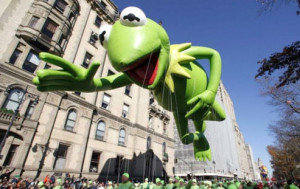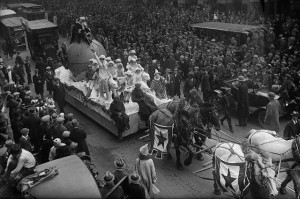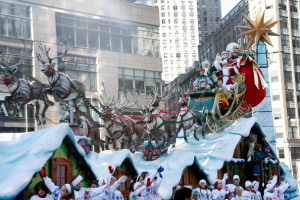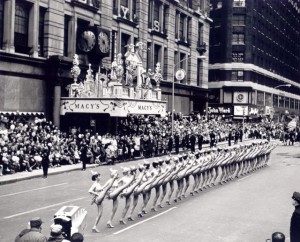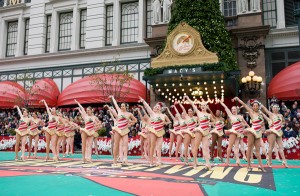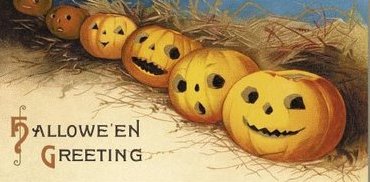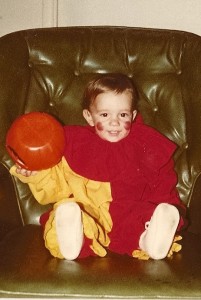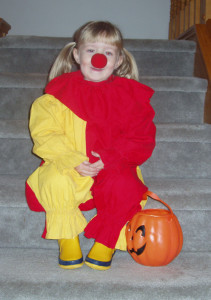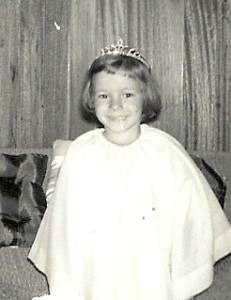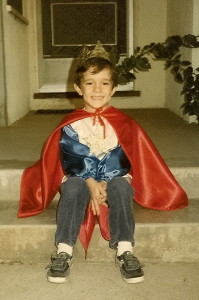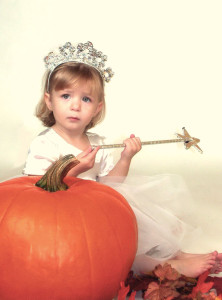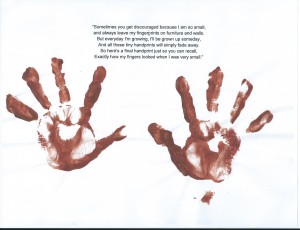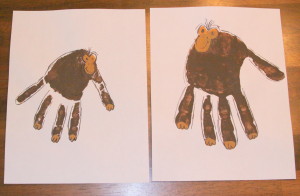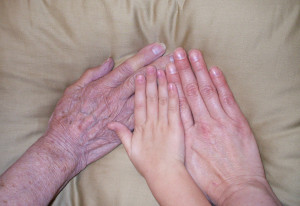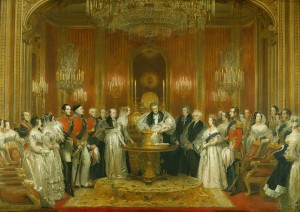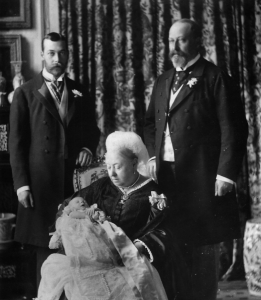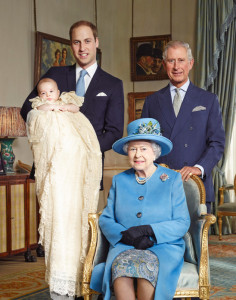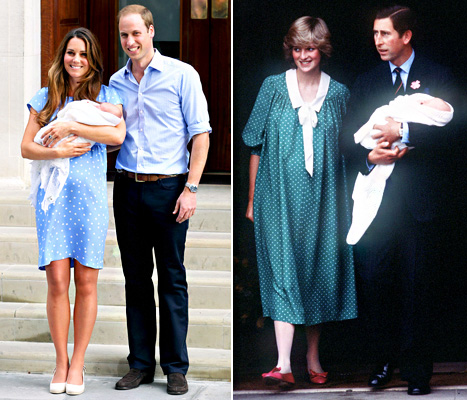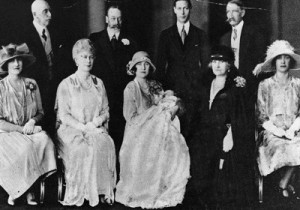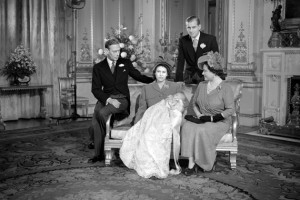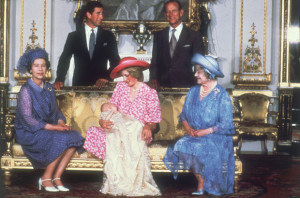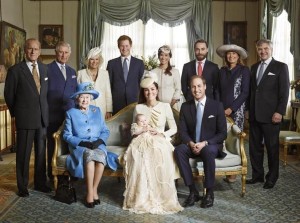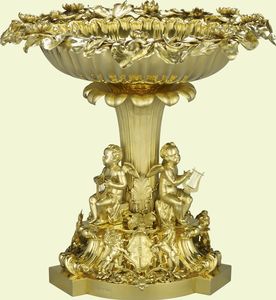If you are looking for a theme for a fun party, here is a wonderful idea … a sock party!! The theme can be used for a birthday party for teenagers or during any time of year for a party with family and friends. Socks, all different kinds of socks, are very popular right now and having a sock party is also a great opportunity to go on a shopping spree! Socks can be used to make party invitations, decorations, party favors and even socks can be used for games at the party.
Invitations
Here is a clever way to send the invitations for the Sock Party. Purchase inexpensive white baby socks. Then, print the following on light-weight cardstock and attach to a pair of socks. To mail, send in an envelope that fits the size of the socks and extra postage may be required.
You are invited to a Sock Party!
Where:
When:
Time:
Prizes will be given for the prettiest, craziest,
funniest and most colorful ones!!
Decorations
Hang a clothesline across the room from one corner to the other corner, crisscrossing in the middle of the room and then attach some colorful socks with old-fashioned clothespins. More socks can be scattered around the room by hanging them from the lampshades or the chandeliers.
Make a banner using socks. Cut some paper letters spelling out “Welcome to the Sock Party” or “Happy Birthday to _______” and using straight pins attach the letters to the socks. Add pieces of cardboard into the socks so they lay better.
For the food table, make a centerpiece using socks. Using solid colored socks roll each sock individually and secure with pins, these with be the flowers for the centerpiece. Next, attach the sock flowers to long sticks and arranged in a vase with some artificial greenery. The result should resemble a floral centerpiece.
Games
What is a party without games, so here are a few suggestions!
“Smelly Sock” –
This is a great game for the younger guests and it can get rather silly. The game is played like musical chairs. One sock is deemed the “smelly sock”. Start by gathering the guests in a circle; begin by playing some music as the guests pass the sock around. When the music stops whoever has the sock takes a whiff and then pretends to swoon from the smell.
“Pile the Socks On” –
Divide the guests into teams. Start the game with a pile of socks in the center of the group. One team member is selected as the one to “dress”. After a countdown, team members race to the pile to pick up a sock and hurry back to the designated team member and “dress them with a sock, it could be on the feet or hands and it could be tied to the elbow or hung on the ear. After a predetermined time is up – the team with the most socks wins!
“Sock Hop Race” –
Divide the guests into teams. Start the game with a pile of socks on one side of the room and line the teams on the other side of the room. After a countdown, one team member races to the sock pile and puts a sock on one of their feet and hops back to their group of team members. They tag the next team member who repeats the same routine until everyone has gone twice and the quickest team wins!
Party favors
“Sock cupcakes” – For this craft project buy a selection of really nice colorful socks, the number of socks should equal the number of guests. Individually roll the socks tightly to resemble cupcakes. Roll the socks into a normal sock ball and with the rolled part facing up then place it in a paper cupcake holder. To display at the party, arrange the sock cupcakes on a tiered stand.

